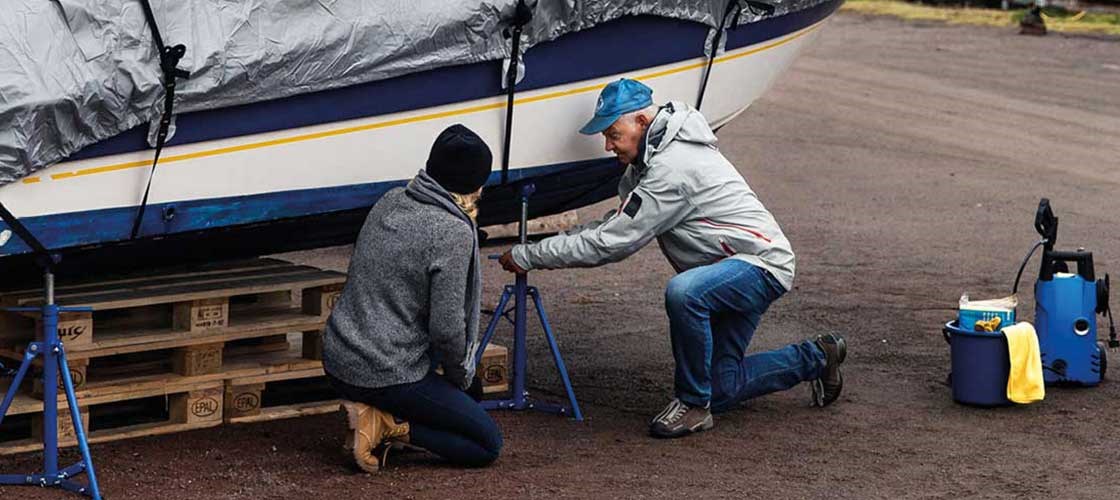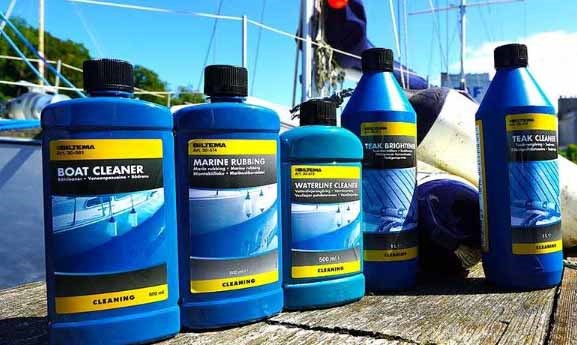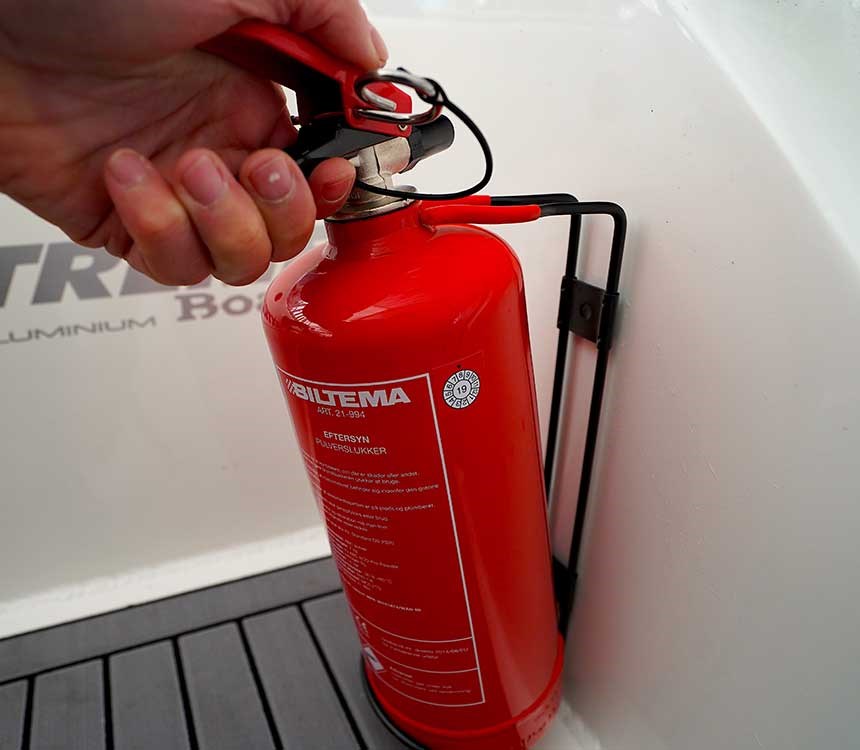Things to consider when laying up and retrieving your boat
You should no wait too long to retrieve your boat, because when the temperature starts dropping below zero, there is usually a queue at the retrieval points. Remember to book an appointment for retrieval well in advance.
1. Winter and frost protection
Boat engine
A boat engine that is not winterised can become damaged in sub-zero temperatures. The water in the engine cooling system can freeze to ice, which is not good for the engine. If you have never winterised an engine before, it is important that you have the engine manual by your side. There are often guides on how to protect your specific engine from frost and how to change the oil.
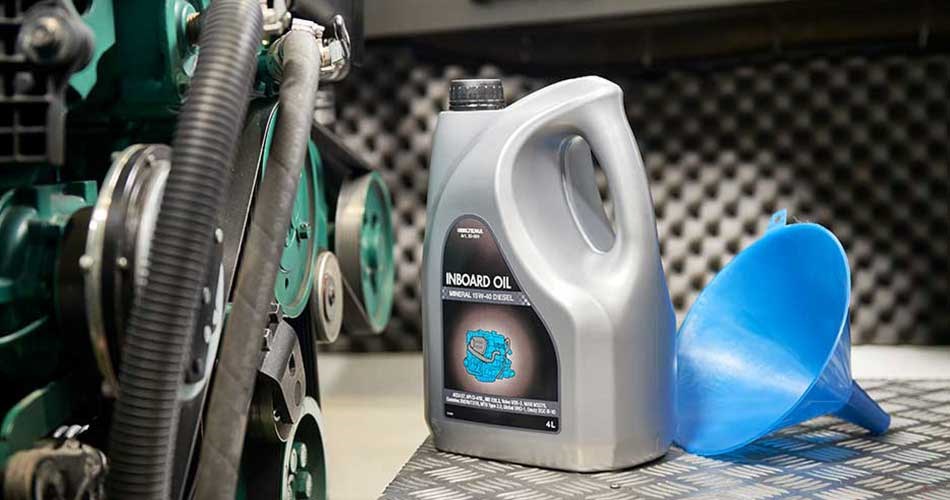
Frost-proofing marine toilets and water systems
There is a good chance that frost will damage areas on the boat where there is water. When water freezes, it expands, which can damage the toilet and associated water pipes on board. Onboard water systems should therefore be frost-proofed. This can be done in two ways. Either drain the entire water system so that nothing can freeze, or pour antifreeze into the system, which lowers the freezing point. Both methods work well and can also be used in combination. When you need to drain it, you can drain and blow the hose dry. If it’s not possible to drain the water, an antifreeze can be used.
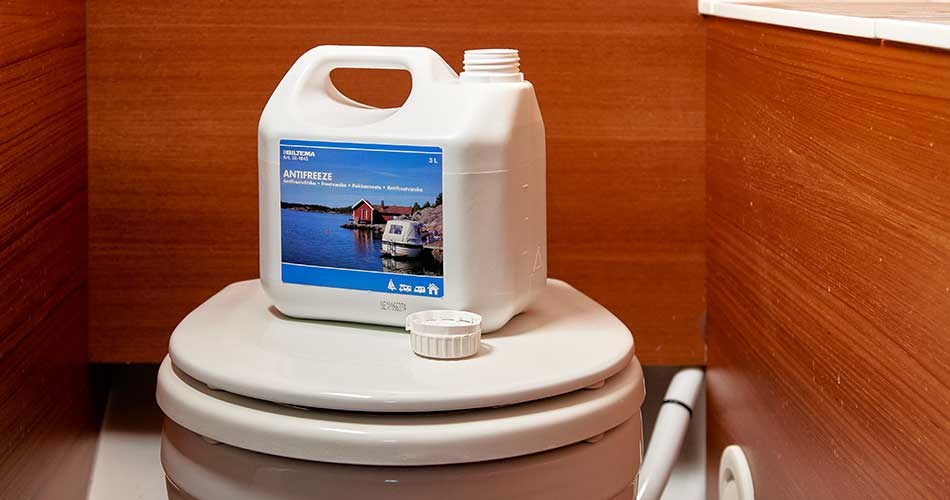
2. Boat support on land
It is important to make sure that, when the boat is lifted up, it is secure and has an even weight distribution. With boat support equipment, it is easier to ensure good stability so that the boat can withstand both autumn storms and snowstorms. Stability and even weight distribution are important, even when it comes to smaller boats stored on a boat trailer.
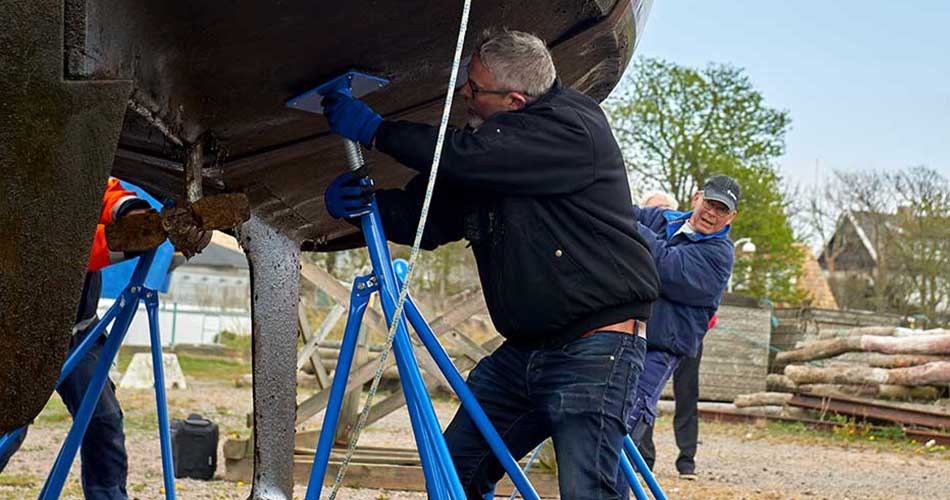
3. Check the condition of your boat
Once the boat is securely in place, it is time to check the condition of your boat. Scratches and other damage that have occurred during the season can be sanded down during the autumn. These can dry during winter storage and then be repaired in the spring before launching the boat again.
When retrieving your boat from the water, it is also a good idea to check the halyards and ropes for breakage and damage so that you can replace them if needed.
4. Clean your boat
Remove algae, deposits and other coarse dirt from the hull. Here it may be easier to use a high-pressure sprayer, a good cleaning agent, and a sponge. Also remember to clean the deck with a mild boat shampoo.
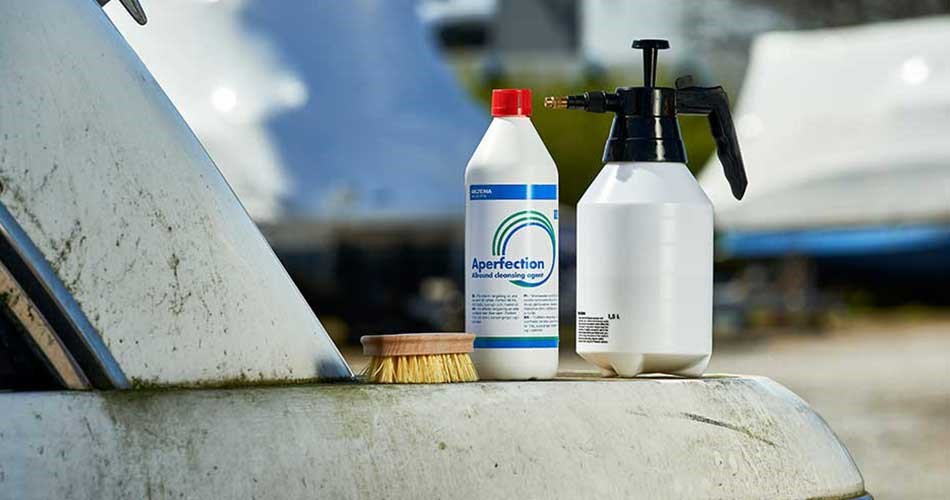
Cleaning the bottom of the boat should be done as soon as possible after the boat has been retrieved from the water. This is a good rule to remember because dirt and algae are easier to remove with a high-pressure washer when the hull is damp. Otherwise, cleaning the hull will be a bit like a bowl of oatmeal from the day before that you forgot to wash. Clean the bottom of your boat – sooner rather than later. This will also give you a quick overview of the condition of the hull – and if you will need to undertake new projects involving a sander.
We recommend that you read our article on boat painting, where we explain how to paint above and below the waterline, and provide information on our boat painting products.
Paint your boat – get good tips for boat painting>>
5. Protect your boat from rain and snow
Cover your boat with a boat tarpaulin or a suitable boat cover, and make sure that the boat cover has a slope to prevent water from accumulating, which could make the boat uneven and unstable. Don’t cover the entire compartment and surface of the boat with the rope. A little airflow benefits the boat in the changing weather during the winter!
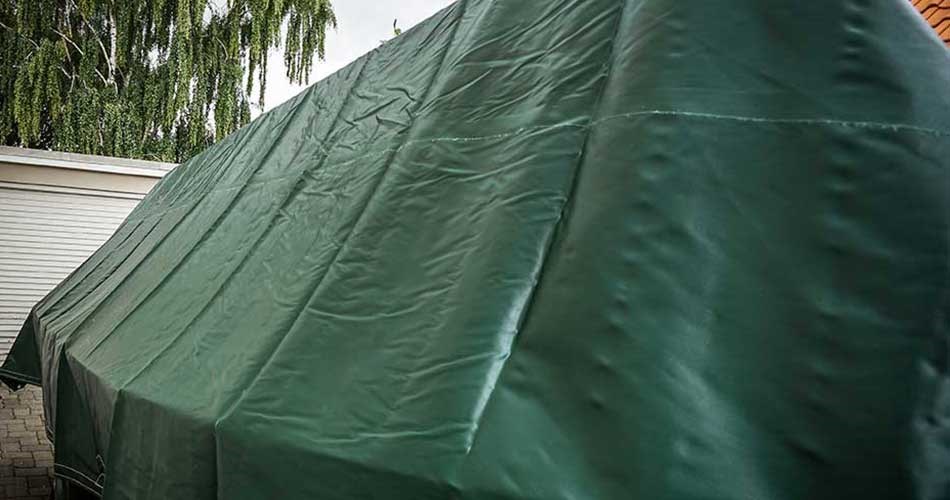
6. Don´t leave food in the fridge or forget the bedding!
Remember to empty the fridge and drawers of food and drinks, otherwise you may get a green surprise if you don’t visit your boat for a while. Wipe down the surfaces and fridge after emptying. You will be happy you did so when spring comes again.
Protection through cleaning
Regularly clean your boat around the cover so that it can stand over the winter. This should be done to prevent dirt attracting moisture. By cleaning surfaces, etc., you prevent something even worse than dirt, namely mould and mildew. Mold and mildew can also cause discolouration, which is extremely difficult to wash off.
Also, do yourself a favour and empty the boat of clothes and duvets and pillows to avoid them being damaged by moisture. If there is good ventilation, you can hang the pillows up so that they are aired on both sides. If necessary, supplement with one or more dehumidifiers that to remove moisture when you are not on the boat.

